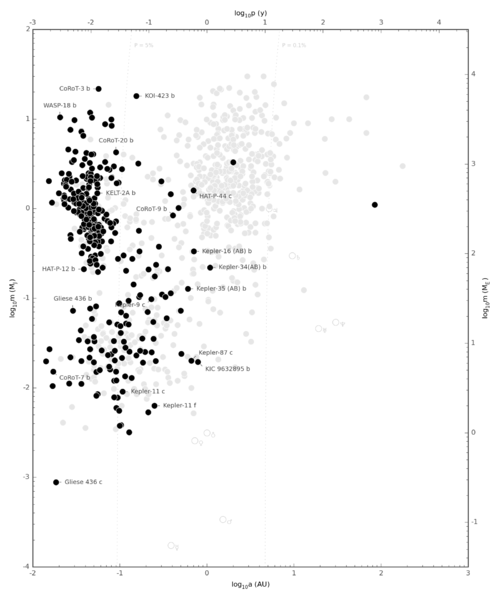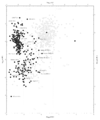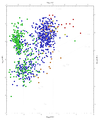ملف:Exoplanet Period-Mass Scatter Discovery Method TR.png

حجم هذه المعاينة: 500 × 600 بكسل. الأبعاد الأخرى: 200 × 240 بكسل | 400 × 480 بكسل | 640 × 768 بكسل | 853 × 1٬024 بكسل | 1٬600 × 1٬920 بكسل.
الملف الأصلي (1٬600 × 1٬920 بكسل حجم الملف: 79 كيلوبايت، نوع MIME: image/png)
تاريخ الملف
اضغط على زمن/تاريخ لرؤية الملف كما بدا في هذا الزمن.
| زمن/تاريخ | صورة مصغرة | الأبعاد | مستخدم | تعليق | |
|---|---|---|---|---|---|
| حالي | 02:10، 27 سبتمبر 2016 |  | 1٬600 × 1٬920 (79 كيلوبايت) | commonswiki>Cmdrjameson | Compressed with pngout. Reduced by 187kB (70% decrease). |
استخدام الملف
ال1 ملف التالي مكررات لهذا الملف (المزيد من التفاصيل):
- ملف:Exoplanet Period-Mass Scatter Discovery Method TR.png من ويكيميديا كومنز
الصفحة التالية تستخدم هذا الملف:









